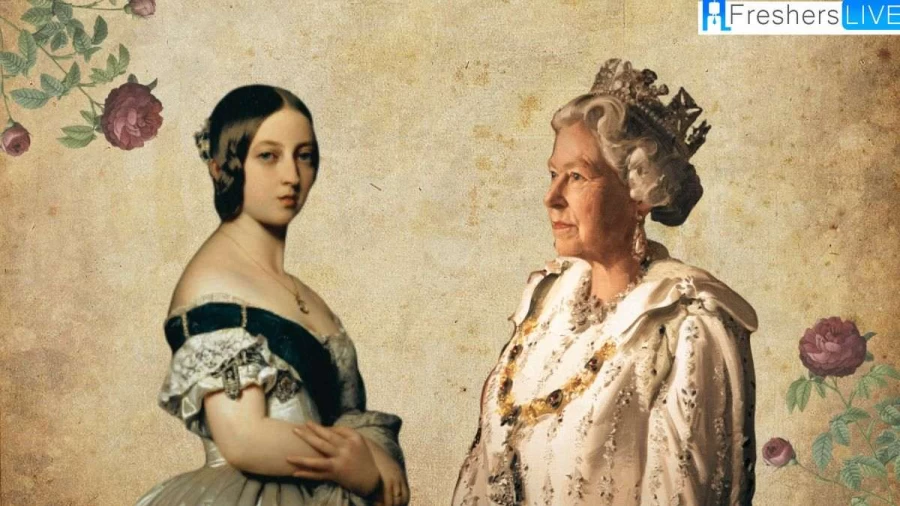Is Queen Victoria Related to Queen Elizabeth? Are they Related?
by A N Rahul
Updated May 05, 2023

Is Queen Victoria Related to Queen Elizabeth?
Queen Victoria, who became queen at the age of 18 and ruled over the British Empire for almost 64 years, is related to Queen Elizabeth II. Queen Elizabeth II is Queen Victoria's great-great-granddaughter. Queen Victoria was succeeded by her son Edward VII, who was followed by several other monarchs until Queen Elizabeth II ascended the throne in 1952. Queen Elizabeth II's reign surpassed that of Queen Victoria, making her the longest-reigning British monarch in history.
Queen Victoria was born on May 24, 1819, and was the only child of Prince Edward, Duke of Kent, and Princess Victoria of Saxe-Coburg-Saalfeld. She married her cousin Prince Albert of Saxe-Coburg and Gotha in 1840, and they had nine children together. Queen Victoria died on January 22, 1901, and was succeeded by her son, King Edward VII.
Queen Victoria Queen Elizabeth Family Tree
Queen Victoria and Queen Elizabeth II are related through their shared ancestry as members of the British royal family. Here is a brief summary of their family tree:
Who was Queen Victoria?
Queen Victoria, whose full name was Alexandrina Victoria, was the Queen of the United Kingdom of Great Britain and Ireland from 1837 until her death in 1901. She was the longest-reigning British monarch in history, with a reign of 63 years and 216 days. Her reign, known as the Victorian era, was marked by significant changes in various fields, including industry, politics, science, and military. The British Empire also experienced a massive expansion during her reign.
Victoria was born on May 24, 1819, to Prince Edward, Duke of Kent and Strathearn, and Princess Victoria of Saxe-Coburg-Saalfeld. Her father was the fourth son of King George III. After the deaths of her father and grandfather in 1820, Victoria was brought up under the close supervision of her mother and John Conroy, her comptroller. She became Queen at the age of 18 after her father's three elder brothers passed away without any surviving legitimate children.
As a constitutional monarch, Queen Victoria tried to influence government policy and ministerial appointments privately. However, publicly, she became a national icon who was associated with high standards of personal morality. In 1876, the British Parliament voted to give her the additional title of Empress of India. Queen Victoria's legacy remains significant, and the era of her reign is often romanticized as a period of prosperity and cultural advancement.
About Queen Elizabeth Rule
Queen Elizabeth II was the queen regnant of 32 countries, including the United Kingdom, Canada, Australia, and New Zealand, during her lifetime. She was also the head of state of 15 Commonwealth realms at the time of her death. Her reign lasted for 70 years and 214 days, which is longer than any other British monarch in history, and the longest verified reign of any female head of state in history.
During her reign, Queen Elizabeth II witnessed significant changes in the world, including the rise and fall of the Soviet Union, the end of the British Empire, and the advent of the digital age. She remained a steadfast symbol of stability and continuity, serving as a unifying force for the Commonwealth and the United Kingdom. She was known for her dedication to public service and her commitment to the monarchy, which earned her the respect and admiration of people around the world.
Is Queen Victoria Related to Queen Elizabeth - FAQs
Queen Victoria is Queen Elizabeth II's great-great-grandmother.
Queen Victoria was succeeded by her son, King Edward VII.
Queen Victoria ruled the British Empire for almost 64 years.
Queen Elizabeth II is the longest-reigning British monarch in history, surpassing Queen Victoria's reign.







